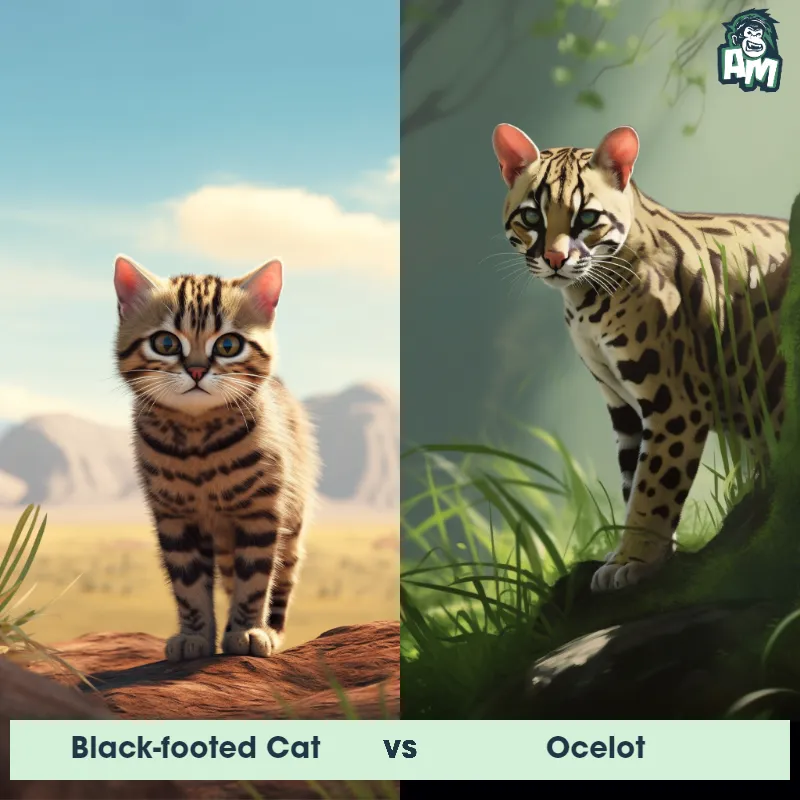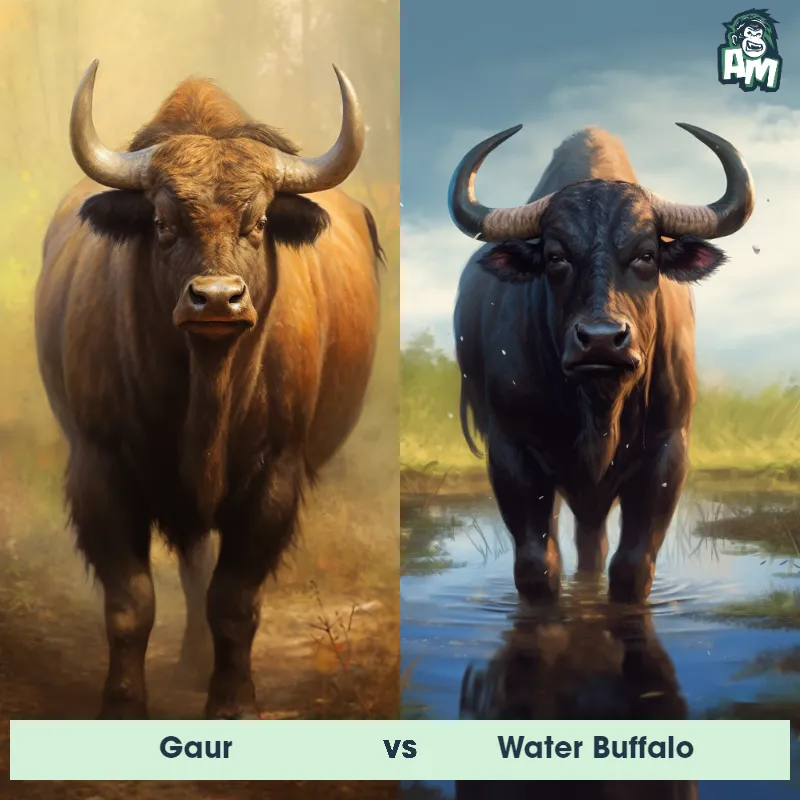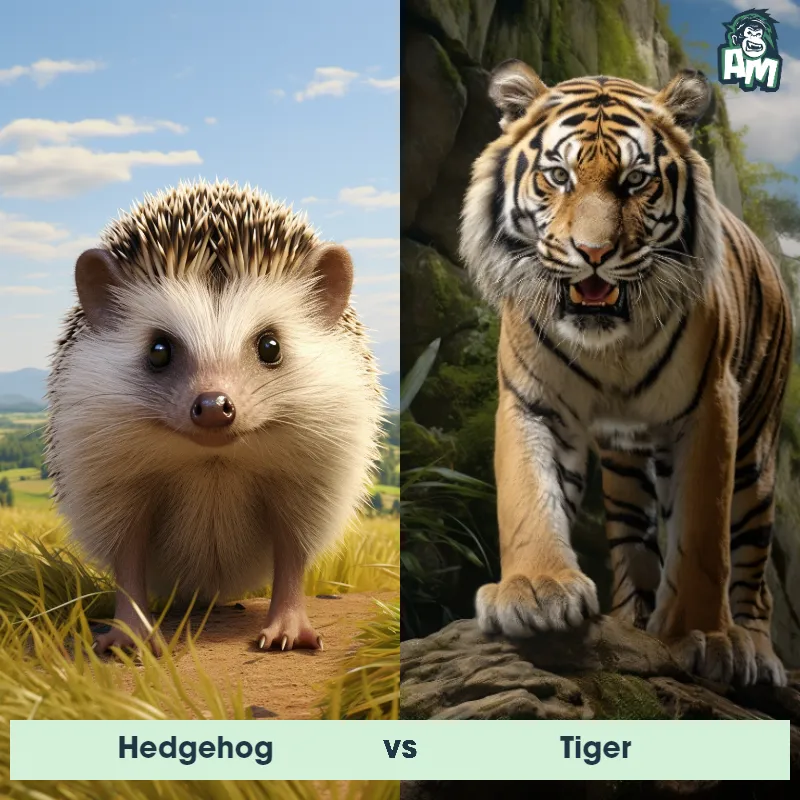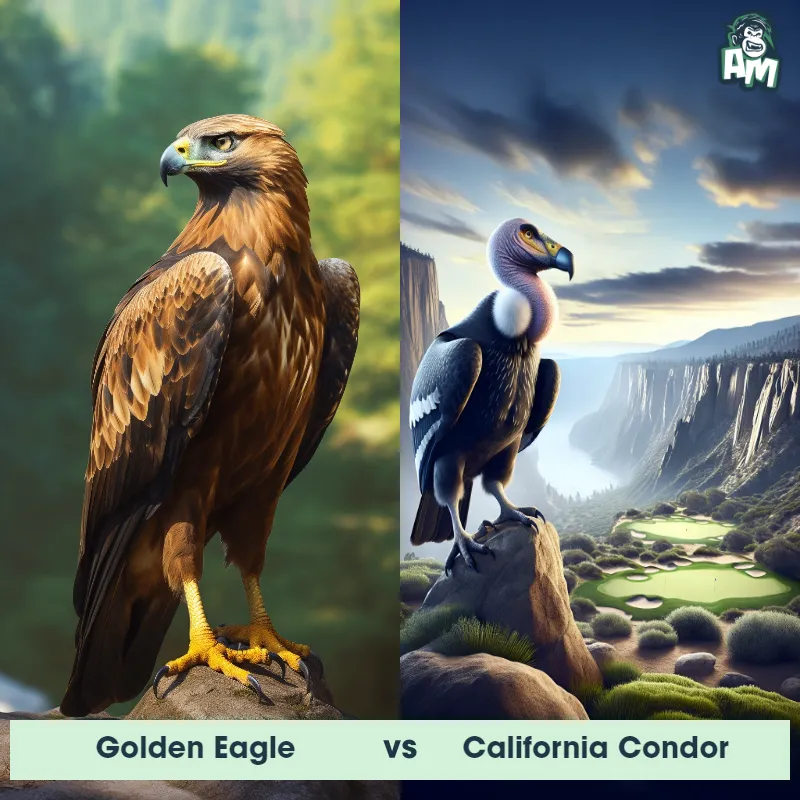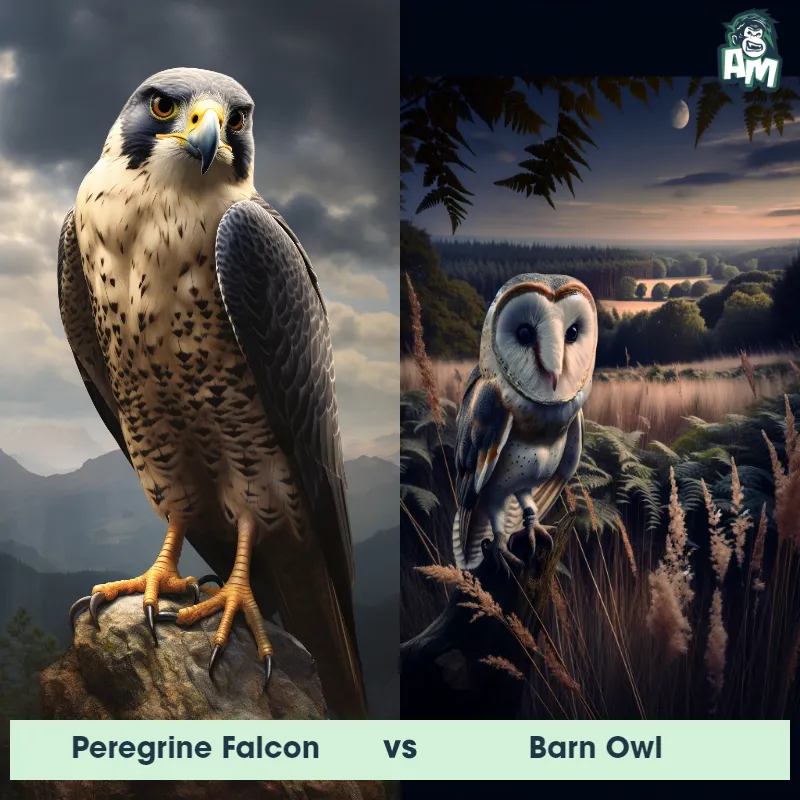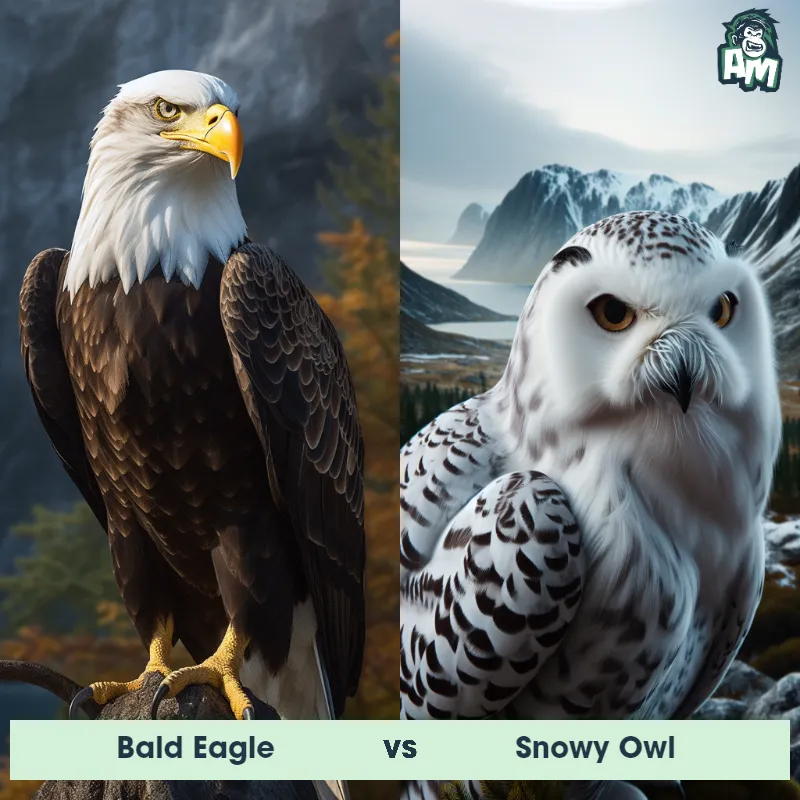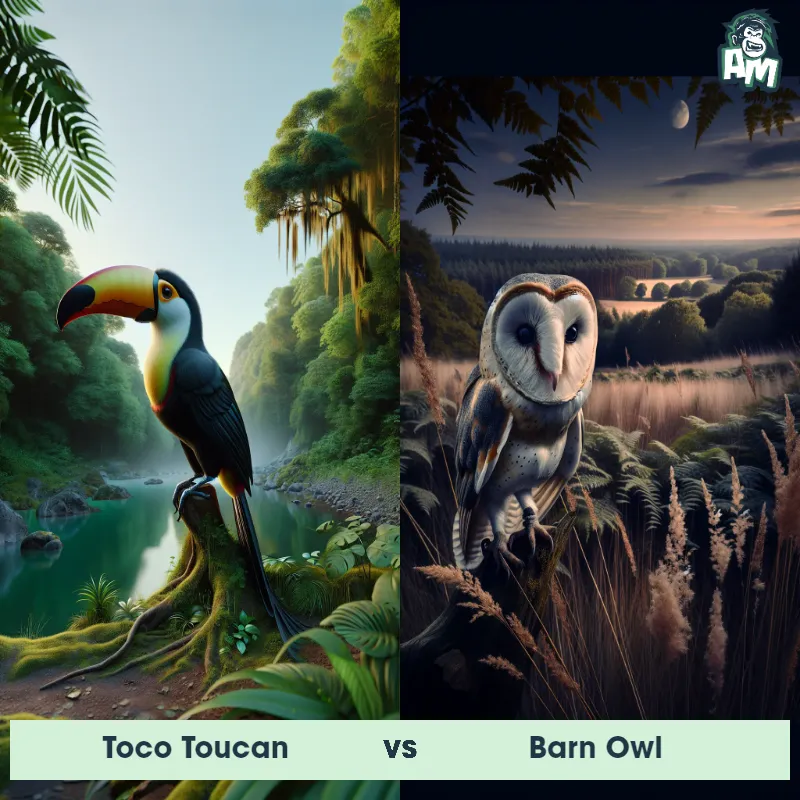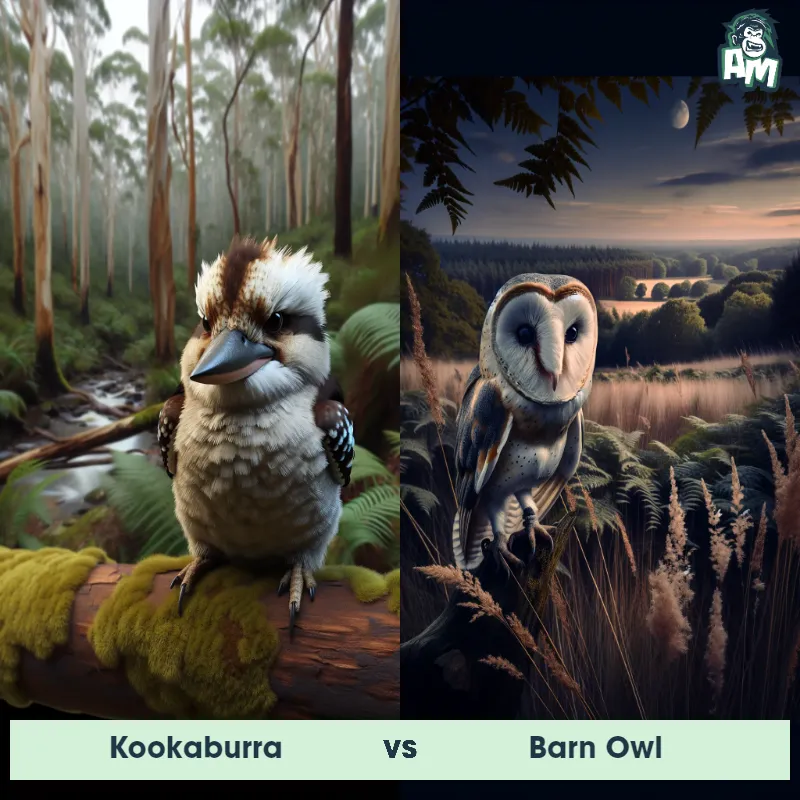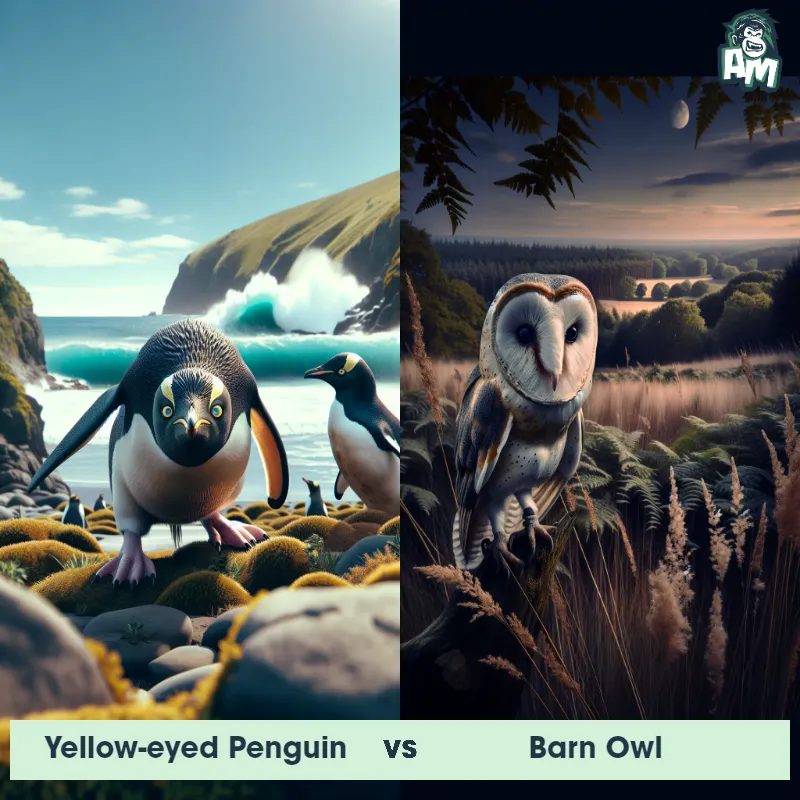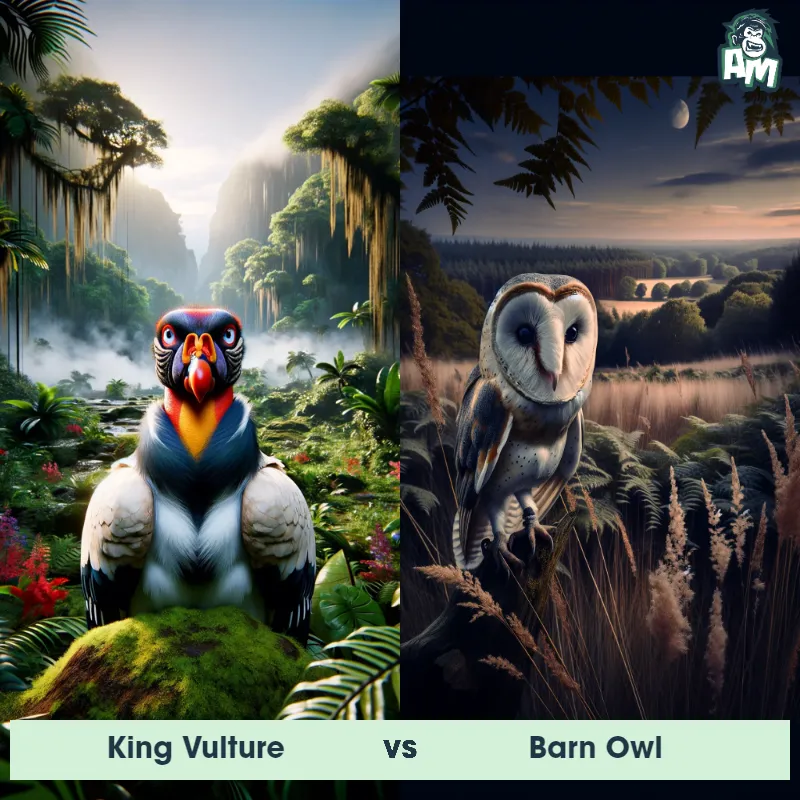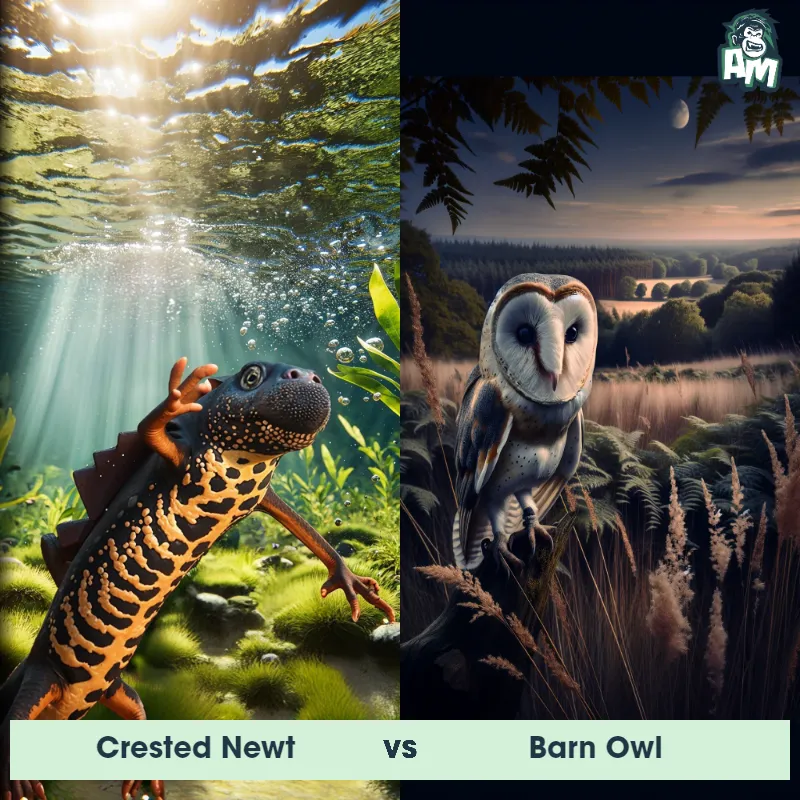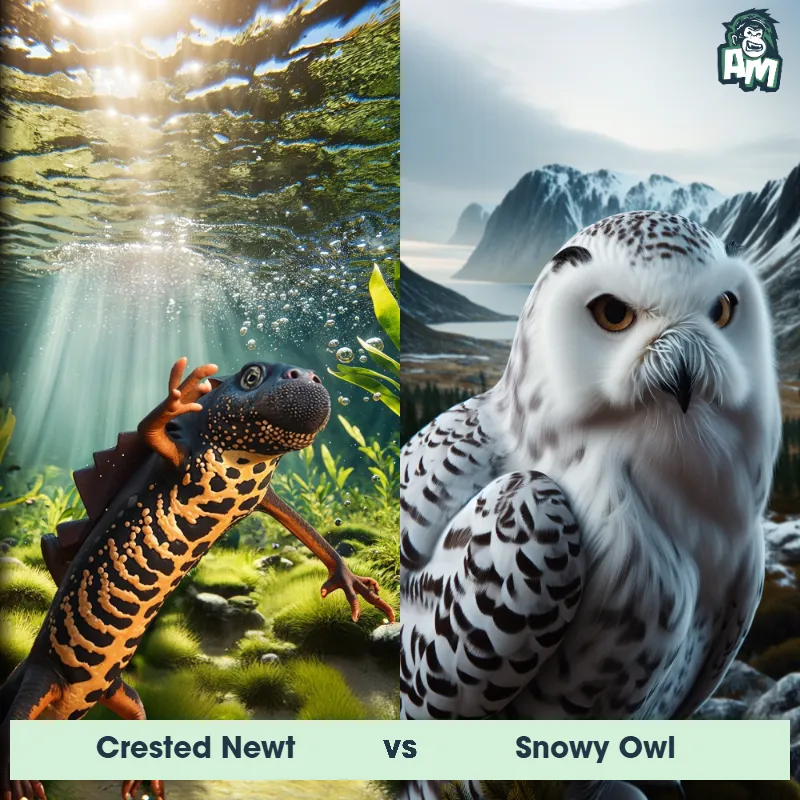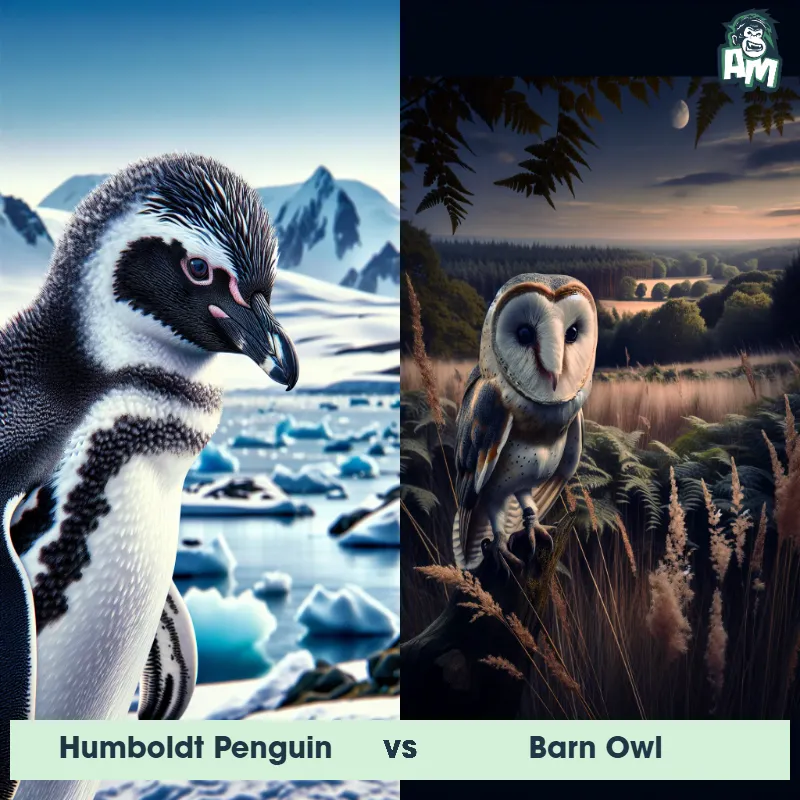Barn Owl vs Snowy OwlSee Who Wins

Ladies and gentlemen, welcome to this thrilling matchup between two magnificent birds of prey! We have the intense rivalry of the Barn Owl and the Snowy Owl about to unfold right before your eyes. These feathered gladiators are ready to showcase their unique skills in an epic three-round battle. Let's dive right into the action!
Contender 1: Barn Owl
The Barn Owl, scientifically known as Tyto alba, is a medium-sized owl known for its distinctive heart-shaped face and pale plumage. With a wingspan of up to three feet, they have a silent flight and razor-sharp hearing that aids in their exceptional hunting abilities. These nocturnal hunters primarily feed on small mammals like mice, rats, and voles, making them valuable in pest control. Barn Owls are known for their eerie screeching call and are found across most of the globe, except for Antarctica.
Fun Fact: Barn Owls have the uncanny ability to locate their prey in complete darkness solely based on sounds, basically hunting by sound and hearing alone!
Contender 2: Snowy Owl
The Snowy Owl, scientifically known as Bubo scandiacus, is a majestic bird species native to the Arctic regions of North America and Eurasia. With a height of around 20-28 inches and a wingspan of about 4.2-4.8 feet, they are the heaviest owl species in North America. Sporting a distinctive white plumage that helps camouflage them in snowy surroundings, Snowy Owls have bright yellow eyes and a flattened round face. They possess powerful talons, allowing them to capture and subdue their prey effectively. Males are usually smaller in size compared to females, and both have thick feathers on their legs and toes to help insulate them in the frigid Arctic temperatures.
Fun Fact: Unlike most owl species, Snowy Owls are not strictly nocturnal, and they can be active during both day and night, making them diurnal predators.
Matchup Stats
| Barn Owl | Snowy Owl | |
|---|---|---|
| Size | Height - 13 to 15 inches (33 to 38 cm) | 20-28 inches (50-70 cm) |
| Weight | 1.1 to 1.4 pounds (500 to 650 grams) | 3.5-6.5 pounds (1.6-2.9 kg) |
| Speed | 50 mph (80 km/h) | 50mph (80km/h) |
| Key Strength | Agility and nimble flight | Powerful talons for capturing prey |
| Biggest Weakness | Lack of physical strength | None specified |
Current Votes
Barn Owl vs Snowy Owl
See Who Wins
View More Matches
Looking For More?
Similar Matches
Scientific Stats
| Barn Owl | Snowy Owl | |
|---|---|---|
| Scientific Name | Tyto alba | Bubo scandiacus |
| Family | Tytonidae | Strigidae |
| Habitat | Open grasslands, farmlands, and forests | Arctic tundra |
| Geography | Found worldwide except Antarctica | North America and Eurasia |
| Diet | Small mammals like mice, rats, and voles | Mainly lemmings and other small mammals, also birds |
| Lifespan | 2 years - 4 years | 9 years - 10 years |
Key Differences between Barn Owl and Snowy Owl
- Habitat: While both species can be found across different continents, the Snowy Owl primarily inhabits the Arctic tundra, often seen perched on the ground or atop elevated posts, while the Barn Owl is commonly found in various terrestrial habitats such as meadows, grasslands, and barns.
- Flight pattern: The Snowy Owl tends to fly with a slow, direct flight, whereas the Barn Owl has a more erratic flight pattern, often flapping with quick, shallow wing beats.
- Beak shape: Snowy Owls possess a strong, hooked beak suitable for capturing and tearing prey, whereas the Barn Owl's beak is more slender and suited for a diet primarily consisting of small mammals.
- Size: The Snowy Owl is considerably larger than the Barn Owl, with an average height of 20-28 inches (50-71 cm), while the Barn Owl typically measures around 14-20 inches (36-51 cm) in height.
- Color: The Snowy Owl flaunts a predominantly white plumage, which serves as excellent camouflage in its Arctic habitat, whereas the Barn Owl showcases a mix of brown and white feathers, with distinctive heart-shaped facial disc.
- Facial features: The Snowy Owl possesses round, yellow eyes with a black border, giving it an alert gaze, while the Barn Owl has dark, soulful eyes with no distinct border.








